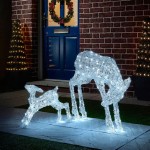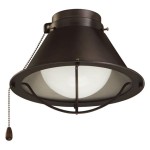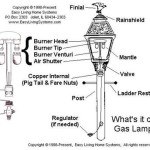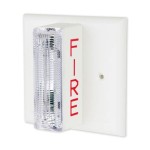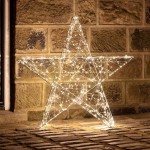Essential Aspects of Outdoor Fluorescent Light Ballast
Outdoor fluorescent lighting is a common sight in many areas, providing illumination for streets, parking lots, and other outdoor spaces. These lights require a ballast to regulate the current flow and ensure proper operation. Understanding the essential aspects of outdoor fluorescent light ballasts is crucial for selecting and maintaining these lighting systems.
Function of a Ballast
A ballast is an electrical device installed in fluorescent lighting fixtures to limit the current flow to the fluorescent lamp. Without a ballast, the lamp would receive too much current, causing it to burn out quickly. The ballast also provides the necessary voltage to start the lamp and maintain its stable operation.
Types of Ballasts
There are two main types of ballasts used in outdoor fluorescent lighting:
- Magnetic Ballasts: Traditional ballasts that use magnetic cores to regulate the current. They are less efficient and produce more noise than electronic ballasts.
- Electronic Ballasts: Advanced ballasts that use solid-state components to control the current. They are more efficient, operate quietly, and provide better lamp life.
Considerations for Outdoor Ballasts
When selecting an outdoor fluorescent light ballast, several factors should be considered:
- Lamp Compatibility: The ballast must be compatible with the type of fluorescent lamp being used (e.g., T8, T12, etc.).
- Waterproof and Dustproof: Outdoor ballasts should be rated for outdoor use, ensuring they are resistant to moisture, dust, and other environmental factors.
- Noise Level: Magnetic ballasts tend to be noisier than electronic ballasts. Consider the noise level if the lighting is intended for areas where noise is a concern.
- Power Factor: The power factor of a ballast indicates how efficiently it uses electrical power. Higher power factor ballasts are more efficient.
- Dimming Capability: Some ballasts include dimming options, allowing for control over the light output.
Maintenance and Troubleshooting
Regular maintenance is essential to ensure outdoor fluorescent light ballasts operate efficiently and safely. Inspections should include:
- Checking the ballast for signs of damage or overheating.
- Inspecting the wiring connections for any loose or damaged wires.
- Replacing the ballast if it is defective or no longer functioning properly.
If an outdoor fluorescent light is flickering, not turning on, or experiencing other issues, the ballast may be the cause. Contact a qualified electrician for proper diagnosis and repair.
By understanding the essential aspects of outdoor fluorescent light ballasts, you can select the appropriate ballast for your application and ensure the efficient and reliable operation of your lighting system.

Electrical Ballast Wikipedia

15w 2pin Fl Fluorescent Light Bulb Ballast Socket Lamp Holder Connection Lead

Commercial Lighting Supply Fluorescent Electronic Ballast

Fulham 128 Watt 120 Volt Fluorescent Replacement Electronic Ballast Wh5 L The Home Depot

15w 2pin Fl Fluorescent Light Bulb Ballast Socket Lamp Holder Connection Lead

Amax Lighting 120 Volt 5 13 In Electronic Ballast 2 Plc 18 Watt Lamps Hd218 120a The Home Depot

Canarm Fluorescent Replacement Electronic Ballast 48 In 32w Canadian Tire

Led Outdoor Light Liexplosive Proof Bulkhead Wall Mounted 20w 4000k Ip65 Lightings Batten Lamp With High Frequency Ballast For Chiller Plant China Lights Made In Com

Amax Lighting 120 Volt 6 31 In Electronic Ballast 2 Lamps Fc8t9 T5 And Fc12t9 Hd3222 120b The Home Depot

How To Replace A Fluorescent Light Ballast Mr Electric

